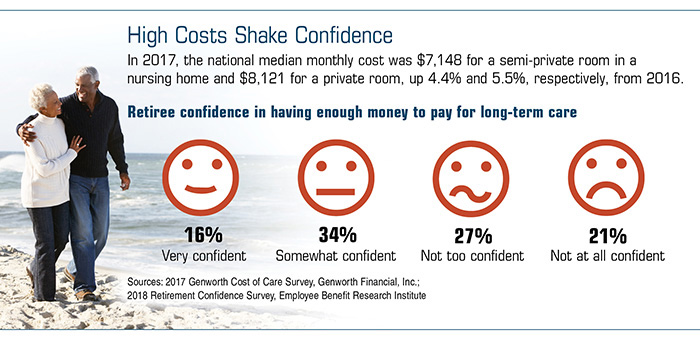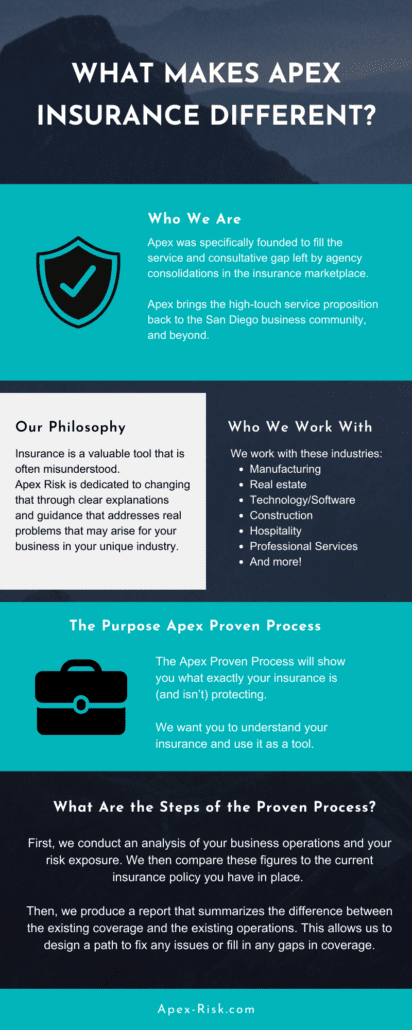Some Known Factual Statements About Pacific Prime
Some Known Factual Statements About Pacific Prime
Blog Article
The Of Pacific Prime
Table of ContentsNot known Facts About Pacific PrimeOur Pacific Prime StatementsNot known Facts About Pacific PrimeThe Pacific Prime DiariesHow Pacific Prime can Save You Time, Stress, and Money.

This is since the information were collected for a period of solid economic efficiency. Of the approximated 42 million people that were uninsured, almost about 420,000 (regarding 1 percent) were under 65 years old, the age at which most Americans end up being qualified for Medicare; 32 million were grownups between ages 18 and 65, about 19 percent of all adults in this age; and 10 million were kids under 18 years old, concerning 13.9 percent of all kids (Mills, 2000).
These price quotes of the number of persons without insurance are created from the annual March Supplement to the Present Populace Study (CPS), conducted by the Demographics Bureau. Unless or else kept in mind, nationwide quotes of individuals without medical insurance and percentages of the populace with various kinds of insurance coverage are based upon the CPS, the most widely used resource of quotes of insurance policy protection and uninsurance prices.
Getting The Pacific Prime To Work

Still, the CPS is particularly beneficial since it creates yearly quotes fairly promptly, reporting the previous year's insurance policy coverage approximates each September, and since it is the basis for a constant set of estimates for greater than twenty years, permitting analysis of fads in insurance coverage gradually. For these reasons, in addition to the substantial use the CPS in other researches of insurance policy protection that are offered in this record, we depend on CPS price quotes, with limitations kept in mind.

The price quote of the number of without insurance people increases when a populace's insurance policy condition is tracked for several years. Over a three-year duration starting early in 1993, 72 million people, 29 percent of the united state populace, lacked coverage for at least one month. Within a single year (1994 ), 53 million people experienced at the very least a month without insurance coverage (Bennefield, 1998a)
Six out of every 10 without insurance adults are themselves employed. Although functioning does improve the chance that a person and one's family participants will have insurance coverage, it is not a guarantee. Even members of family members with two permanent wage earners have virtually a one-in-ten opportunity of being uninsured (9.1 percent uninsured price) (Hoffman and Pohl, 2000).
The Basic Principles Of Pacific Prime
New immigrants make up a considerable percentage of individuals without medical insurance. One analysis has associated a substantial part of the current development in the dimension of the U.S. uninsured population to immigrants who showed up in the nation in between 1994 and 1998 (Camarota and Edwards, 2000). Current immigrants (those that concerned the USA within the previous 4 years) do have a high price of being uninsured (46 percent), however they and their youngsters make up simply 6 percent of click those without insurance nationally (Holahan et al., 2001).
The connection in between medical insurance and accessibility to care is well developed, as recorded later in this chapter. Although the relationship in between health insurance and health and wellness results is neither direct nor easy, a substantial scientific and wellness solutions research literature web links medical insurance protection to improved accessibility to care, far better top quality, and enhanced individual and populace wellness condition.
Degrees of analysis for taking a look at the effects of uninsurance. It concentrates specifically on those without any kind of health and wellness insurance for any kind of length of time.
Pacific Prime Things To Know Before You Get This
The problems encountered by the underinsured are in some areas similar to those faced by the without insurance, although they are usually less severe. Wellness insurance, however, is neither needed nor enough to get access to medical solutions. The independent and straight impact of health insurance policy protection on accessibility to health and wellness solutions is well established.
Others will certainly acquire the wellness care they require even without medical insurance, by paying for it out of pocket or seeking it from service providers that provide treatment totally free or at extremely subsidized rates. For still others, wellness insurance alone does not make certain receipt of treatment as a result of various other nonfinancial obstacles, such as a lack of wellness care suppliers in their community, minimal access to transportation, illiteracy, or etymological and cultural distinctions.
The Single Strategy To Use For Pacific Prime
Formal research regarding without insurance populaces in the USA dates to the late 1920s and very early 1930s when the Board on the Price of Medical Care produced a series of reports regarding funding physician office sees and hospitalizations. This issue became salient as the varieties of medically indigent climbed throughout the Great Clinical depression.
Report this page